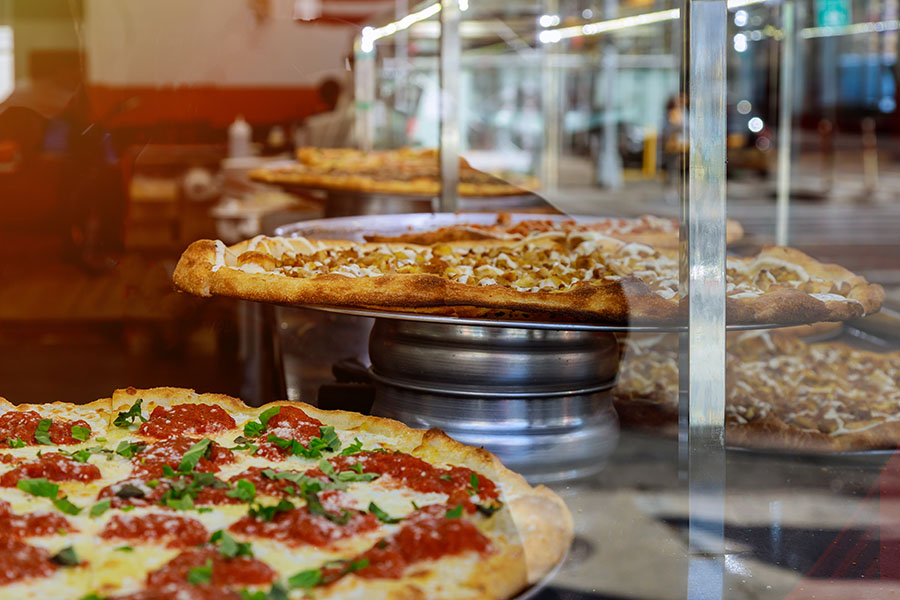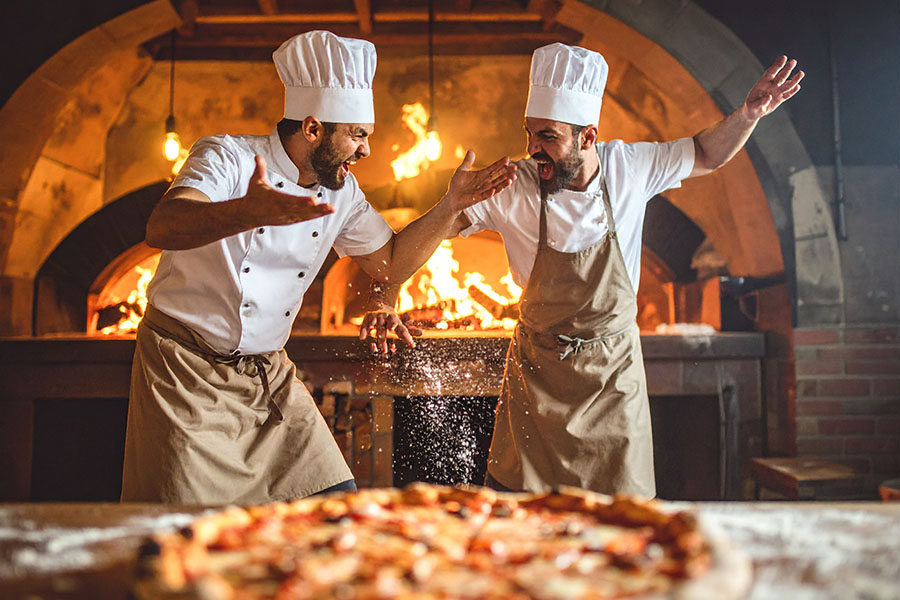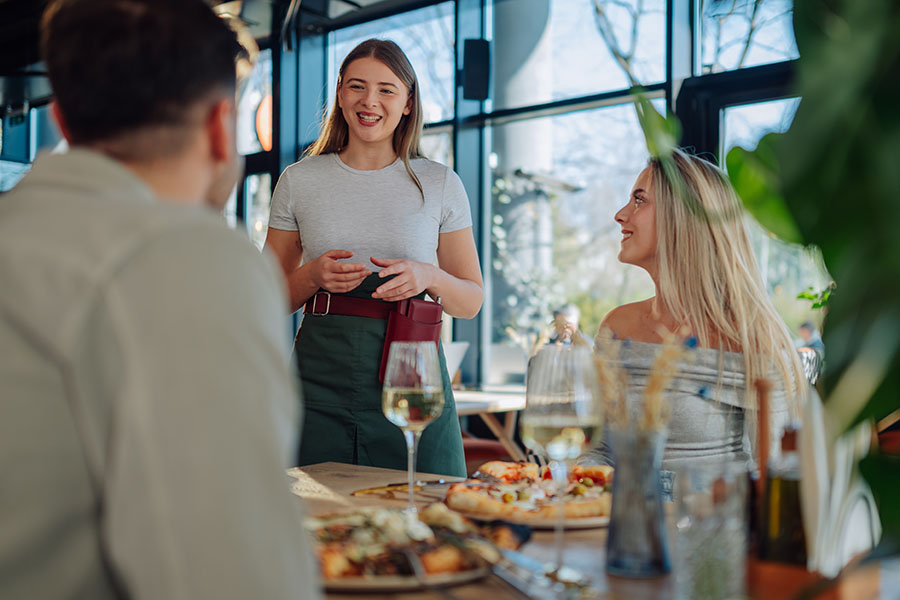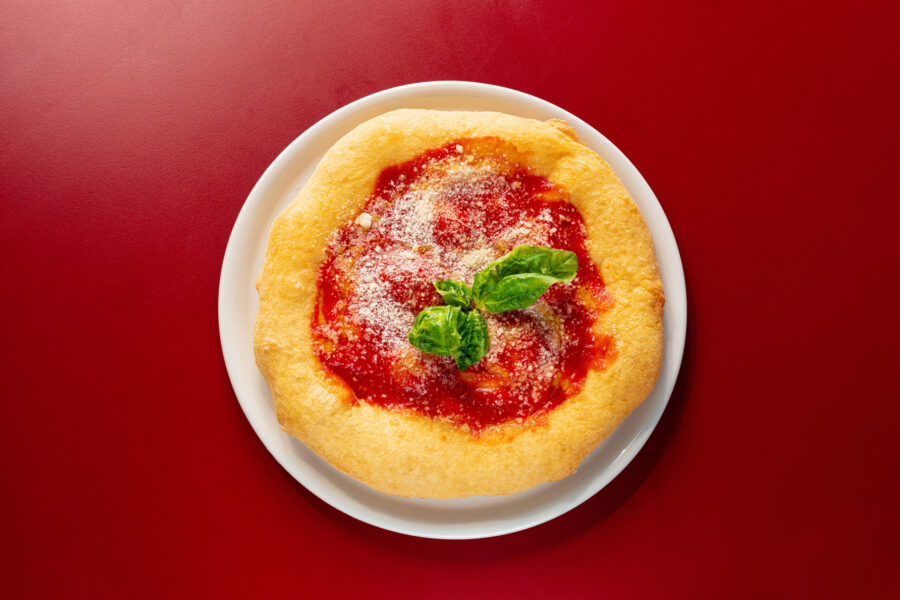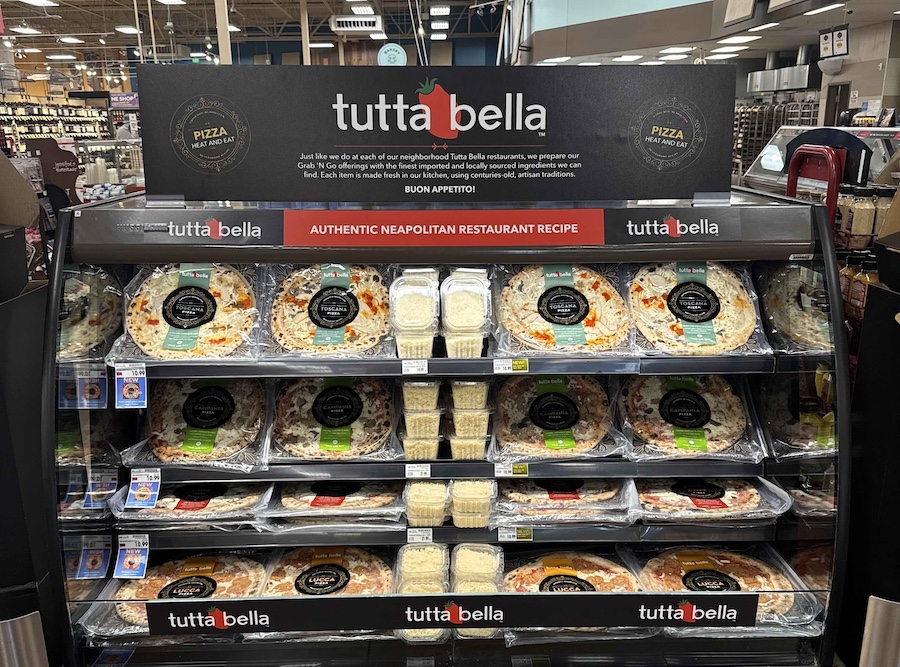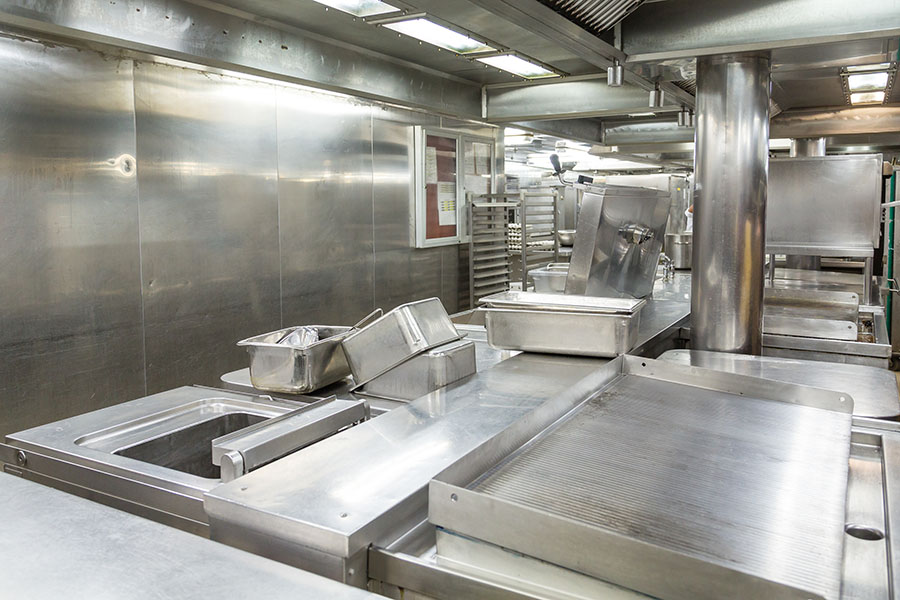 When Teresa Corea-Golka’s grandfather started Roma D’Italia in Tustin, California, more than 40 years ago, he wasn’t thinking about creating a carryout concept for his sit-down Italian restaurant. He just wanted happy customers.
When Teresa Corea-Golka’s grandfather started Roma D’Italia in Tustin, California, more than 40 years ago, he wasn’t thinking about creating a carryout concept for his sit-down Italian restaurant. He just wanted happy customers.
But Roma D’Italia’s original location only had seating for about 35 guests, and it was the only Italian place around. The restaurant gained a loyal following quickly, but seating supply wasn’t keeping up with dining demand. “Customers started requesting take-out early on,” Corea-Golka says. “And Grandpa was happy to satisfy their needs, whether they dined with us or at home!”
Today, Corea-Golka’s family still operates the original Tustin restaurant, and they recently opened a second location in Orange, California. When designing the new location, the family knew they needed a dedicated area for carryout orders. “Dine-in and take-out customers have different needs,” Corea-Golka says. “Having a separate area for (take-out customers) speeds up how quickly we can serve them.”
A well-designed carryout area shouldn’t take up too much space, says Matt Vetter, whose firm River Edge Project Management specializes in helping quick-serve and fast-casual restaurants manage store design, construction, additions and renovations. “Space considerations are paramount,” he explains, noting that dedicating an area specifically for take-out uses space that would otherwise be given to the kitchen, lobby or dining.
Kirk P. Mauriello, director of franchising for Aurelio’s, a Chicago-based pizza franchise, says their locations shoot for a minimum of 100 square feet for the carryout waiting area. In combination with the dedicated entrance for carryout customers, this allows guests to get in, get their food and get out comfortably and efficiently.
Mauriello says for Aurelio’s, having a separate space is a no-brainer. “If you combine the carryout customers picking up orders in the lobby where the dine-in customers are waiting to be seated, you end up with total chaos and unhappy dine-in and carryout customers,” he says. “Customers who carryout want to get in, pick up their order and head home to the hungry family waiting for dinner.”
Also, put some thought into the overall look of your carryout space. Eric Horsley is a managing partner for Brixx Wood Fired Pizza, a Charlotte, North Carolina-based chain, and he just spearheaded a complete interior redesign of all 21 Brixx’s locations.
While Brixx doesn’t have a separate entrance for carryout, their interior design puts the take-out customer front-and-center…literally. The Brixx locations all have a central bar-seating area, and in the middle of that stands a brightly-tiled cylinder that grabs your eye as soon as you walk in — the carryout counter.

With the recent redesign, they doubled-down on both the carryout area’s form and function. “Aesthetically we wanted a focal point, but functionally, we knew it needed to be in a prominent but easily-accessible area of the store,” Horsley says. “So we aligned it with the oven and the door so when you walk in, the brick oven is the focal point, and the carryout cylinder is directly in line with it.”
The carryout area is also differentiated by its counter-height, Horsley explains. “The cylinder has a granite counter, just like the bar, but it is positioned about three inches higher so it stands out and has a little more ‘presence,’ but it’s not so tall you can’t see over it easily.”
Space and design can make or break a carryout area, but no matter how well-thought-out the flow is or how wonderfully-designed the counter may be, you can still kill it all with clutter. “Everything has its place, and that helps us avoid clutter,” Mauriello says, noting that at Aurelio’s the carryout areas have POS terminals, a phone bank, warming units, cold storage and an under-counter storage area for additional supplies. “Nothing else should be at the carryout area,” he says.
While clutter can turn off a guest quickly, don’t forget that for some customers the take-out experience may be the only time they walk into your store. At Aurelio’s, branding photos (shots illustrating Aurelio’s history as well as food images) hang behind the carryout counter. “Though these customers are not dining with us, we still want them to feel like they are having the Aurelio’s experience,” Mauriello says.
Finally, remember customers won’t spend a lot of time (hopefully) in carryout. The time they do spend makes an impact on their perception of your store — and the value of your product. To Vetter, that makes one idea paramount when designing and building take-out areas: craftsmanship.
“I require my contractors to really focus on the appearance of the customer waiting areas and lobbies –– the rest of it has to look good, of course, but the lobby really has to shine,” he explains. “You have only two chances to impress (take-out customers): the food, of course, but the other big one is the vibe the customer area gives off.”
Alyson McNutt-English is an award-winning freelance writer specializing in home, healthy, family and green topics. She is based in Huntsville, Alabama.
